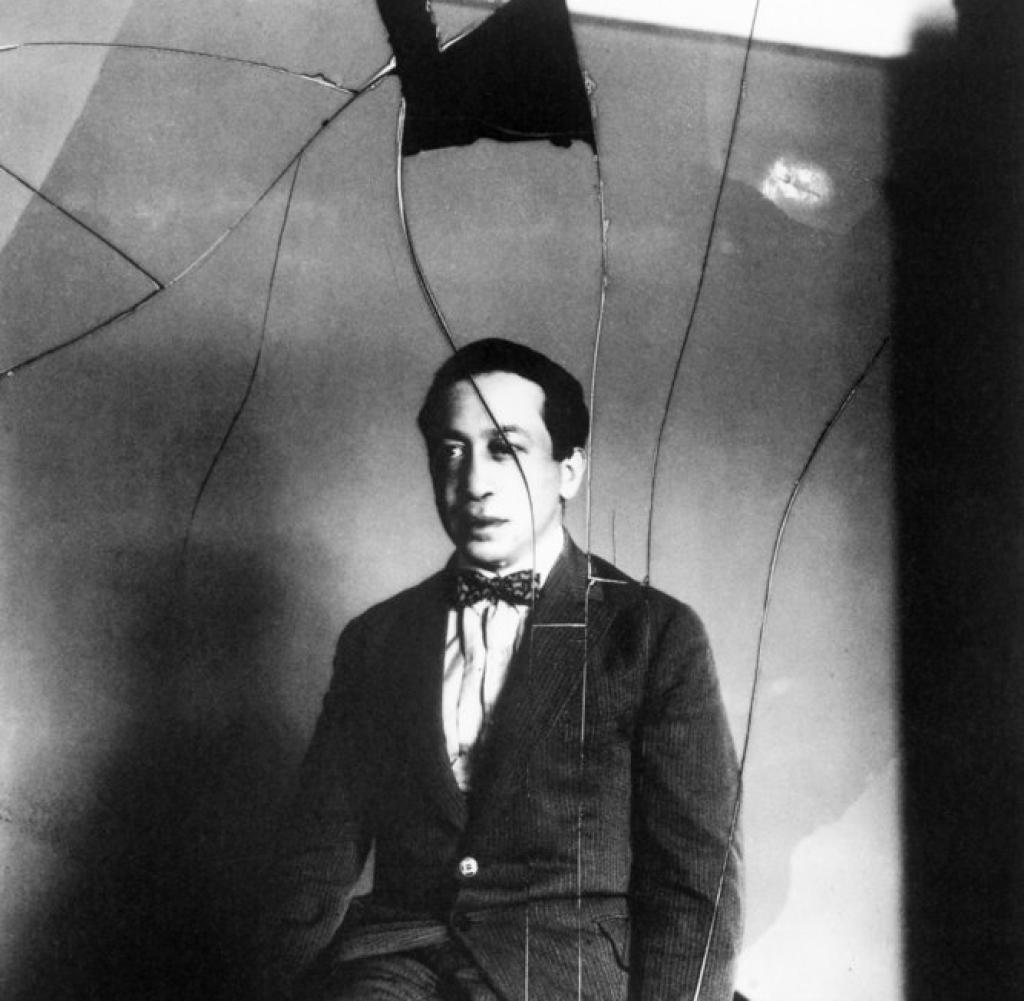Siegfried Kracauer, the German Jewish author and film critic associated with the Frankfurt School, immigrated to New York in 1941. It was in the United States, and in his adopted language of English, that Kracauer wrote his contentious and highly influential Theory of Film. That text, argues the late film historian Miriam Hansen, takes as its object “neither film in general nor film as a phenomenon of late capitalism but, more specifically, the question of film after Auschwitz.” She situates the origins for the book a full two decades before it was published, in 1940, when Kracauer was not yet in New York, but in exile in Marseille, seeking passage across the Atlantic.

Before all that, in the period between the two world wars, Kracauer was already writing prodigiously on film and other mass culture phenomena. In general, he was occupied with the relationship between the artifacts of modern life and the urban citizens who engage them, and this, ultimately, was the source material for much of the writing Kracauer produced in his lifetime. But of course, the context in which Kracauer wrote in his country of origin during the years of the Weimar Republic were at far remove from his later life in exile. There is a jauntiness in his interwar texts, such as the feuilletons he published in the major German paper, the Frankfurter Zeitung, even as he criticized a capitalist, materialist culture and what Theodor Adorno and Max Horkheimer would famously term the “culture industry.”
By the time Kracauer published one such essay, “The Little Typewriter,” in 1927, he was an editor at the Frankfurter Zeitung, the paper in which it appeared. (Walter Benjamin was also a contributor there at that time, and later a fellow exile in France, though he would not be as fortunate in his attempt at U.S. immigration, to tragic outcome.) In “The Little Typewriter,” Kracauer offers a cautionary tale against commodity fetishization with humor, while also conjuring an uncomfortable metaphor to do with the purchase of women and the use of their bodies for pleasure. The reader is left to wonder: is the story an exercise in making an object woman, or thinly describing a woman as object?
At its heart, “The Little Typewriter” is a love story. But Kracauer’s narrator wrestles with his attraction for what is not a person, arming himself with language as his best defense. The title itself is illustrative of this: in German, the word for “typewriter” is “die Schreibmaschine,” a noun ascribed with the feminine gender, and yet, the diminutive form it takes in the title — “Das Schreibmaschinchen” — renders the “die” a “das,” no longer a “she” but an “it.” Even grammatically, then, the little typewriter cannot be human, and it would follow, no object of sexual desire. Nevertheless, even in its neutered form, the narrator feels desire for it.
 It is only when the typewriter malfunctions and it takes the intervention of an outside party to repair her/it that the narrator is able to merely “use the machine like a thing.” Having been betrayed by the typewriter, which had yielded acquiescently to the expert touch of another, and in fact, is improved by it, the narrator loses all regard for what was once his most loyal companion. “One needs to know how to handle machines,” the narrator is told by the repairman, the insinuation being of course that he does not. Better would have been to have broken her to bits, than to suffer witness to his own inadequacy. But though the narrator does not destroy the typewriter, with the repair of the machine the spell is broken: fully freed now from his former fetishization/feminization of the typewriter, the narrator pursues real women.
It is only when the typewriter malfunctions and it takes the intervention of an outside party to repair her/it that the narrator is able to merely “use the machine like a thing.” Having been betrayed by the typewriter, which had yielded acquiescently to the expert touch of another, and in fact, is improved by it, the narrator loses all regard for what was once his most loyal companion. “One needs to know how to handle machines,” the narrator is told by the repairman, the insinuation being of course that he does not. Better would have been to have broken her to bits, than to suffer witness to his own inadequacy. But though the narrator does not destroy the typewriter, with the repair of the machine the spell is broken: fully freed now from his former fetishization/feminization of the typewriter, the narrator pursues real women.
Perhaps it is not coincidence that it was just the year prior to publishing “The Little Typewriter” that Kracauer had met Lili Ehrenreich, a librarian at the Institute for Social Research. They would marry in 1930 and move to Berlin, flee together to Paris in 1933, and eventually to New York in 1941. By then they had lived through “the post-apocalyptic, allegorical landscape” that Hansen finds in Theory of Film, and the period in which the pair had met, and Kracauer had written “The Little Typewriter,” was a ways away on the other side of that abyss.
The above is an extended version of an Afterword to “The Little Typewriter” as it appears in English for the first time, published this month as a chapbook, out from harlequin creature. Translated by Johannes von Moltke with illustrations by Vlad Beronja.
Lead image: Siegfried Kracauer, 1930. Insert illustrations of Siegfried Kracauer and Lili Ehrenreich-Kracauer © Vlad Beronja, 2017.




